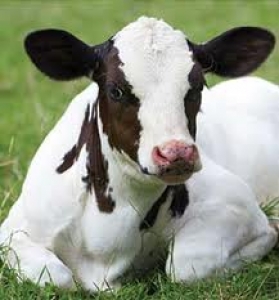The common disease of Dairy cows and treatments
Bovine tuberculosis overview

Overview
| Cause |
Mycobacterium bovis |
|---|---|
| Description |
Australia was declared officially free of bovine tuberculosis on 31 December 1997 after an eradication program lasting more than 20 years. It remains a notifiable disease and anyone who suspects the presence of bovine tuberculosis should immediately contact Biosecurity Queensland. |
| Where the disease occurs |
Bovine tuberculosis occurs worldwide. Many of the more advanced countries have programs to control or eradicate the disease. A national program has eradicated the disease in Australian cattle. The last case detected in Queensland was in 2002. |
| The disease in animals |
Bovine tuberculosis is a severe bacterial disease mainly affecting cattle and buffalo, but nearly all warm blooded animals are susceptible. It is a chronic disease that can take many years to develop in an animal. Infection is permanent and there is no treatment. All ages of cattle can be affected but the prevalence increases with age. Initial lesions are found where invasion of the organism first occurs or in the lymph nodes draining the site. A fibrous capsule develops around the focus of infection and within a few weeks, its centre becomes necrotic with characteristic yellow, cheesy pus. As time goes on, these lesions, know as granulomas, become calcified. Granulomas are commonly found in the lungs and chest cavity, but spread can occur to many sites in the body. The infected animal is the main source of the disease, which is spread in the various discharges from the body. Other animals contract the infection by inhalation, ingestion and wound contamination. A common source of infection in young animals is drinking infected milk. The disease spreads more quickly among animals that are housed or in close contact. |
| Control of the disease in animals |
Australia has been declared free of the disease after a long eradication campaign. In the unlikely event of the detection of bovine tuberculosis, a property eradication program will be undertaken guided by the Bovine Tuberculosis Case Response Manual (found on the Animal Health Australia website). This will ensure all infected cattle are removed and Australia retains its bovine tuburculosis-free status. |
| Can people get the disease? |
The infection in cattle (Mycobacterium bovis) is not caused by the same species of bacteria as that in humans (Mycobacterium tuberculosis) but cross-infection between humans and animals can occur. The eradication program in cattle in Australia has eliminated the risk of the bovine form for humans. Tuberculosis in people will arise mainly through infection with the human form of the disease that they contract from other people. The human form of the disease is detected in Australia. |























